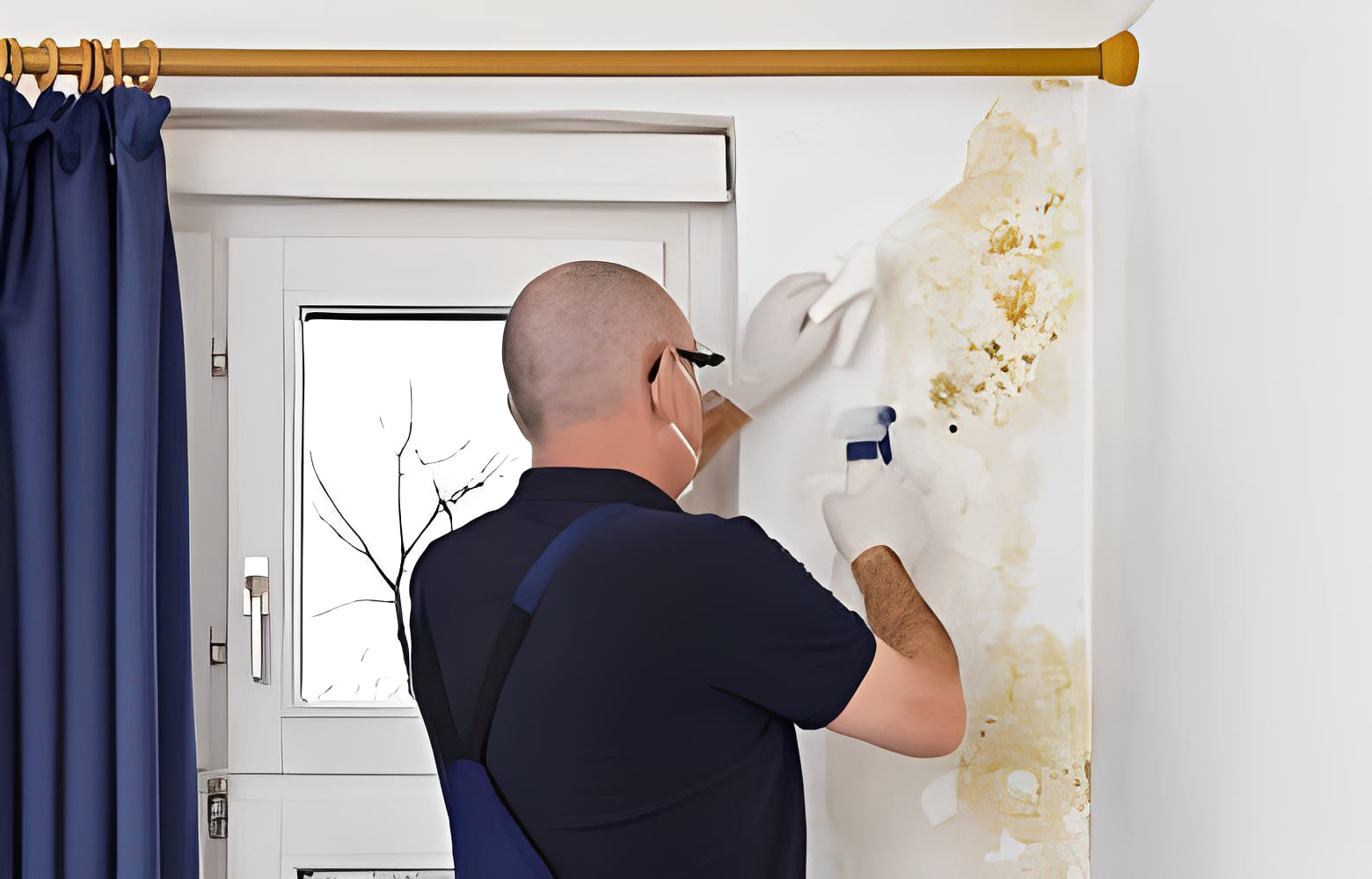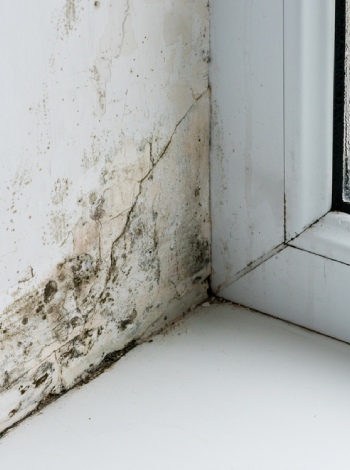Free Mold Facts

Free Mold Facts
Mold damage in Los Angeles is a prevalent concern for homeowners, especially considering our region’s potential for torrential rains and fluctuating humidity levels. This guide explores essential facts about mold, dispels common myths, and provides resources for those seeking professional assistance.
Did You Know?
Components Responsible for Mold Growth
While many assume a major water leak triggers mold infestations, even minor moisture issues can create a breeding ground. Mold thrives on four key elements:
- Moisture: Water is the lifeblood of mold. Leaky pipes, faulty roofs, condensation, and even high humidity can provide sufficient moisture for mold spores to germinate.
- Food Source: Mold feeds on organic materials like wood, drywall, carpets, and dust.
- Mold Spores: These microscopic particles are constantly floating in the air, readily taking root when conditions are favorable.
- Time: Given the presence of the other three elements, even a short period can allow mold to establish itself.


Bleach: Friend or Foe in the Fight Against Mold?
Many people reach for bleach when encountering mold. While bleach may seem like a quick solution, its effectiveness is limited. Here’s why:
- Surface-Level Treatment: Bleach primarily kills surface mold but leaves behind dormant spores, ready to resurface when conditions permit.
- Material Damage: Bleach can damage certain materials like fabrics and porous surfaces.
- Safety Concerns: Bleach use releases harmful fumes, requiring proper ventilation and protective gear.
For effective mold remediation, professional intervention is often necessary. Trained professionals possess the knowledge and equipment to remove mold safely and completely.
Los Angeles residents: Don’t risk your health or property! Our directory of certified mold remediators in Los Angeles can help you find qualified professionals for thorough mold removal and restoration services.
The Good, the Bad, and the Sporey: Demystifying Mold Types
Not all molds are created equal. Some, like Penicillium, are utilized in cheese production and antibiotic development. However, others pose significant health risks.
The term “black mold” often triggers fear, but it’s a misnomer. Several mold species appear black, and their health impact varies depending on the specific strain.
Focus on identifying mold growth, not color.
If you suspect mold in your home, a professional mold inspection course offered by accredited institutions can equip you with the knowledge to assess the situation and determine the necessary course of action.
The Crucial 72 Hours: Responding to Water Damage
Time is crucial when dealing with water damage. Mold can establish itself within 72 hours, so swift action is crucial. Here’s how to minimize mold growth after water intrusion:
- Immediate Action: Stop the source of water intrusion. Turn off leaking faucets, fix broken pipes, or address roof leaks promptly.
- Drying and Dehumidification: Promote rapid drying of affected areas. Use fans and dehumidifiers to reduce moisture levels and create an environment less conducive to mold growth.
- Restoration: Professional restoration services can aid in drying out building materials and restoring your property to its pre-damage condition.
Remember: Early intervention can save you significant time, money, and potential health concerns associated with mold exposure.

Seeking Professional Help in Los Angeles
If you suspect a mold problem in your Los Angeles home, don’t hesitate to seek professional assistance. Our comprehensive directory connects you with certified mold remediators, Los Angeles.
We offer the following services:
- Mold inspection and identification
- Safe and effective mold removal
- Moisture source identification and repair
- Restoration and reconstruction services
Investing in professional mold remediation services in Los Angeles ensures the health and safety of your family and the structural integrity of your property.
Don’t let mold take root in your Los Angeles home! Utilize the resources provided in this guide to take proactive measures and address mold concerns effectively.





